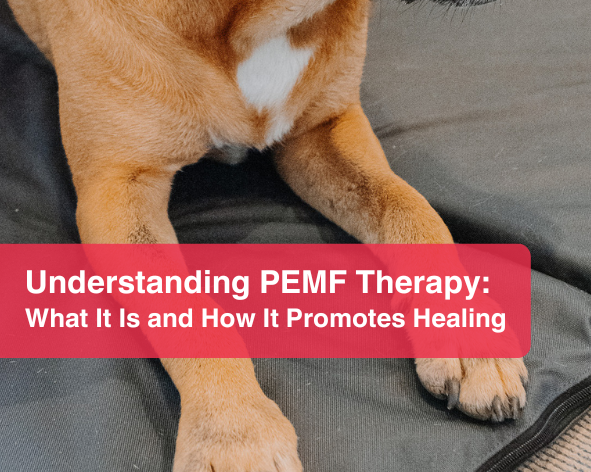The Top 5 Signs Your Dog Could Benefit from Rehabilitation
- Paws 4 Rehab

- Jan 14
- 2 min read
As dog parents, we want nothing but the best for our furry companions. But when your pup starts to slow down or shows signs of discomfort, it’s easy to feel unsure about how to help. That’s where canine rehabilitation comes in. At Paws 4 Rehab, we specialise in therapies designed to support dogs through recovery, pain management, and improving overall mobility. In this post, we’ll explore five common signs that indicate your dog might benefit from professional rehabilitation.

1. Difficulty Moving or Stiffness
If your dog struggles to get up after resting, avoids stairs, or shows stiffness after play, it could signal joint issues or muscle discomfort. Rehabilitation therapies like physiotherapy or hydrotherapy can help by improving flexibility, strengthening muscles, and reducing joint strain.
Tip for Dog Parents: Monitor your dog’s movement after long walks or rest periods. Subtle signs, like hesitation before jumping onto furniture, can indicate discomfort.
2. Recovery from Surgery or Injury
Post-surgery care is crucial for a full recovery, and rehabilitation can make a significant difference. Whether your dog is healing from orthopaedic surgery, a torn ligament, or a sprain, therapies like graded exercise or laser treatment promote healing, reduce pain, and restore strength.
Did You Know? Tailored rehab programmes can reduce recovery time and help prevent future injuries by building muscle and improving coordination.
3. Chronic Pain or Arthritis
As dogs age, conditions like arthritis or hip dysplasia become more common. These can limit their ability to enjoy everyday activities. Treatments such as hydrotherapy, massage, and PEMF therapy can ease pain, reduce inflammation, and improve quality of life for senior dogs.
How You Can Help: Ensure your dog has a comfortable, supportive bed and keep their weight in check to reduce stress on their joints.
4. Low Energy or Unwillingness to Exercise
A drop in energy levels or reluctance to go for walks might be more than just laziness—it could indicate an underlying issue. Rehabilitation helps uncover and address these concerns, whether they stem from pain, weakness, or mobility challenges.
Engagement Tip: Interactive toys and short, gentle walks are great ways to keep your dog moving while you arrange for a professional assessment.
5. Preventative Care for Active or Working Dogs
Active breeds or working dogs often face physical demands that can lead to overuse injuries. Regular rehabilitation sessions, like hydrotherapy or massage, can keep them in peak condition while preventing strain and injury.
For Active Dogs: Incorporate warm-ups before exercise and cool-downs after activities to maintain flexibility and prevent injuries.
When to Seek Help
If you’ve noticed any of these signs in your dog, it might be time to consult a professional. At Paws 4 Rehab, we offer a range of services tailored to your dog’s unique needs, from physiotherapy to advanced therapies like PEMF and laser treatment. Our compassionate team is here to help your dog live their best life.
Your dog doesn’t have to live with discomfort. Rehabilitation is a powerful way to give your furry friend the support they need to recover, thrive, and enjoy every tail-wagging moment. If you’re ready to learn more, contact us today or book a consultation online.



Comentários